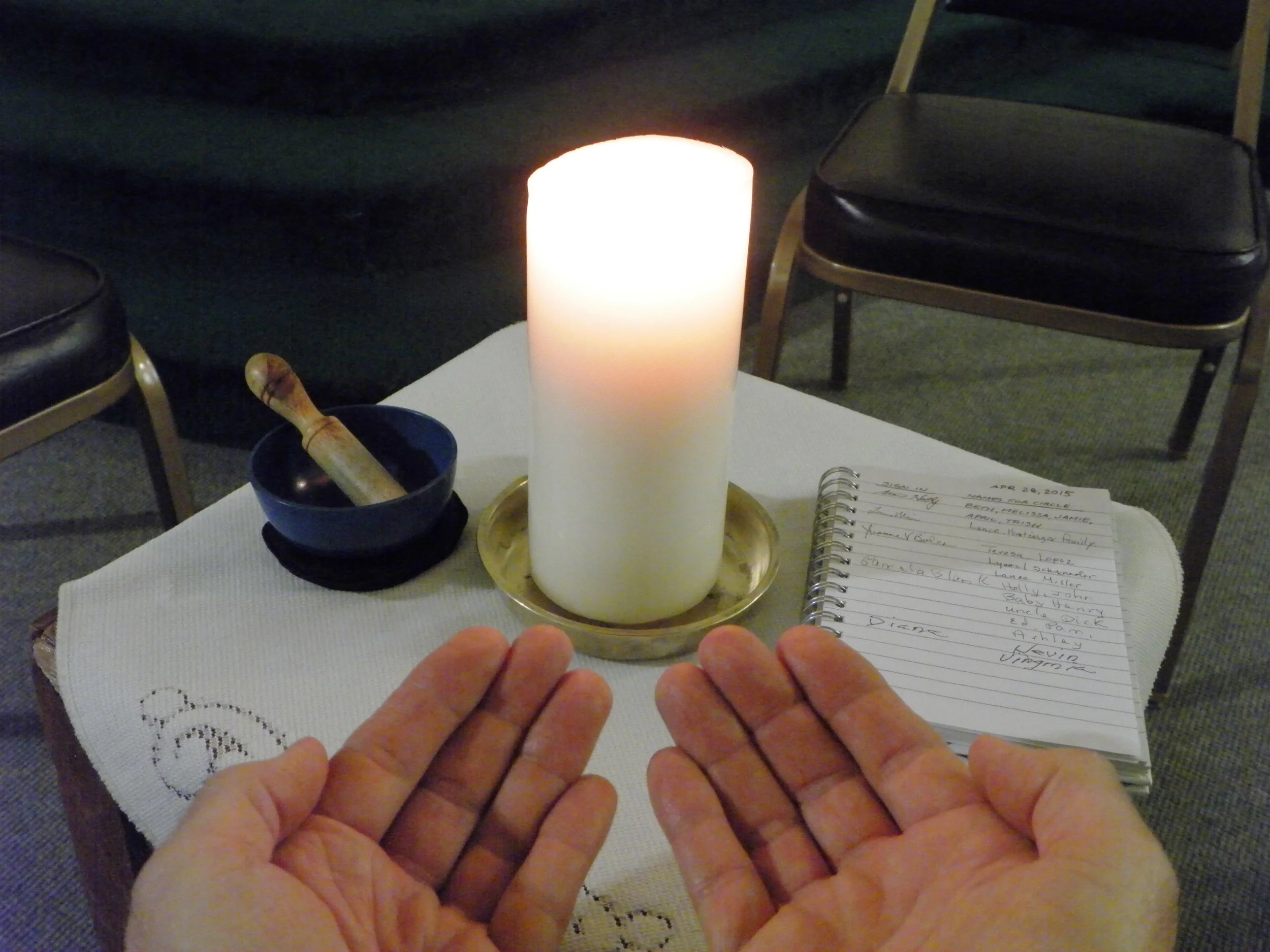Oakland Observatory
/Canadian born Anthony Chabot began working in California’s mining industry in the 1850’s devising the first hydraulic mining technology and establishing two water driven sawmills. Gaining the reputation of “Water King”, he built San Francisco’s first public water system and those in Portland Maine and Milwaukee, Wisconsin. He founded the Contra Costa Water Company in 1866 that supplied water to Oakland and surrounding communities, and created a reservoir on San Leandro Creek that would later be named Lake Chabot.
Businessman, entrepreneur, and philanthropist Chabot donated a telescope to the City of Oakland in 1883 along with sizable funds to build an observatory. Dubbed “Leah”, the state of the art 8-inch refractor telescope was located near downtown in Lafayette Square near Oakland High School in a specially constructed observatory. Unlike nearby San Jose’s Lick Observatory, constructed for astronomical research, Chabot designated that the Oakland Observatory was to be used by students and for public viewing at no charge.
By 1915 urban congestion and light pollution was impacting viewing and the decision was made to move the observatory to a remote location on Mountain Boulevard in the Oakland Hills. A second telescope was added, “Rachel”, a 20 inch refractor with a 28 foot focal length making it the largest public refractor in the western United States at the time. During the next fifty years the observatory was expanded to include classrooms, a planetarium, and staffing by Oakland Unified School District personnel and volunteers. Renamed the Chabot Science Center, seismic safety concerns for the thousands of Bay Area students visiting the observatory resulted in limiting access to the aging facility in 1977. The Oakland Unified School District, The City of Oakland, the East Bay Regional Park District and the East Bay Astronomical Society formed a Joint Powers Agency in 2000 creating the nonprofit Chabot Space and Science Center, a state-of-the-art science and technology education facility. A third telescope was added, Nellie, a 36” reflector telescope housed in a rolling roof observatory, along with a full dome Zeiss Planetarium, IMAX style theatre, displays and immersive activities.


















